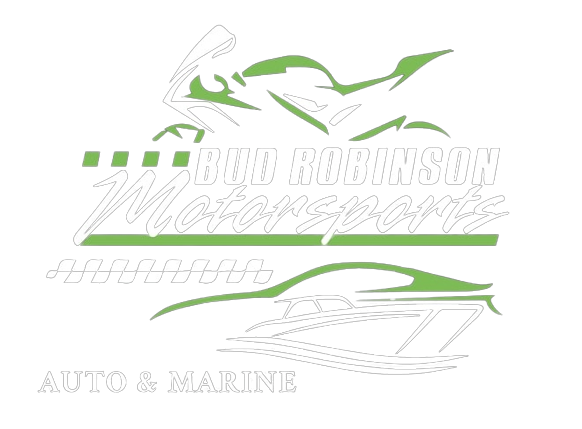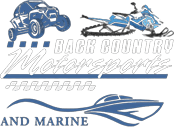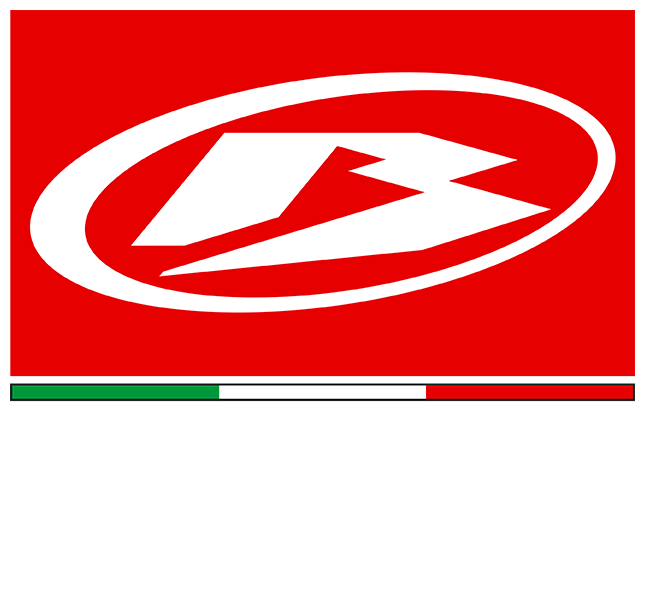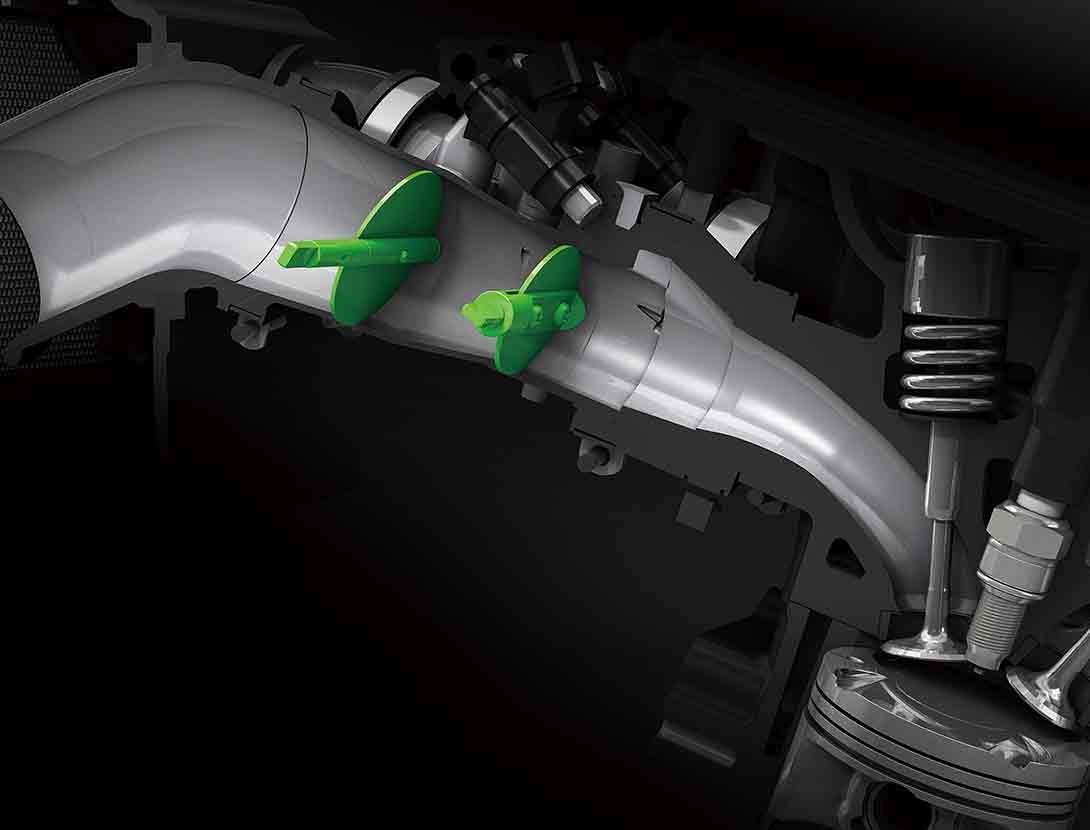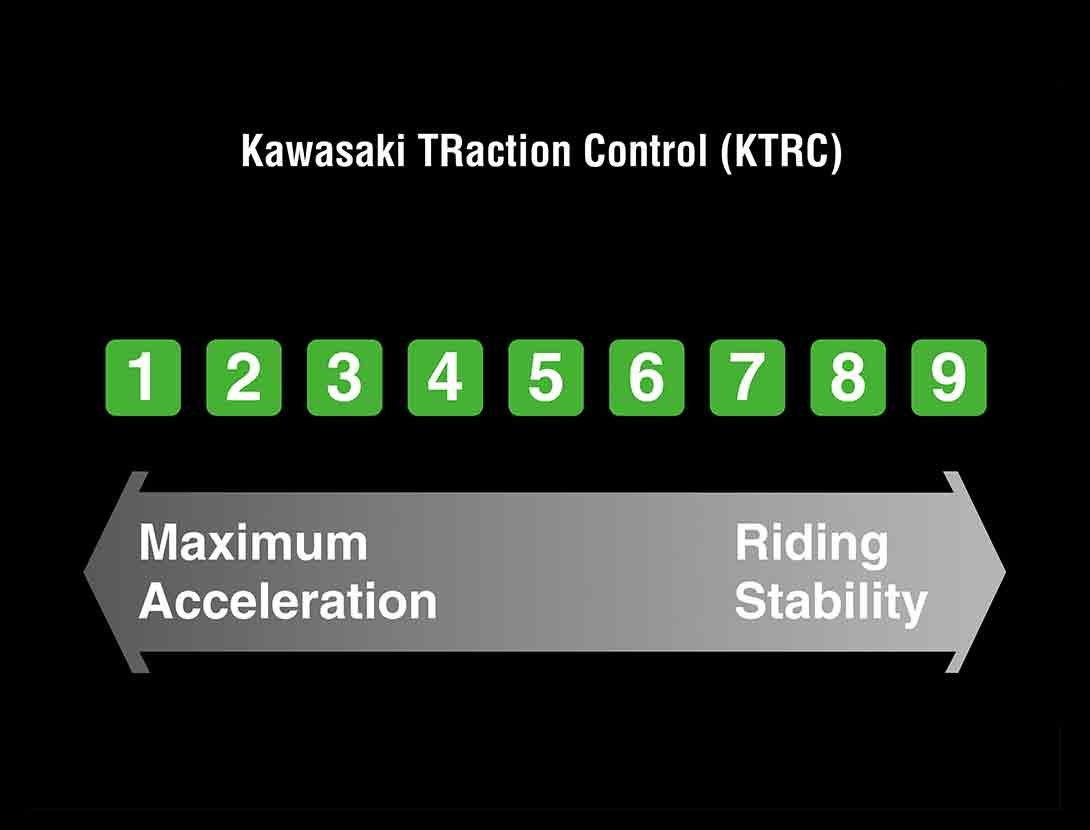Motorcycle Dealer Sault Ste Marie

We are a Motor Cycle dealer,**in Sault Ste Marie.** for Kawasaki Products. **We sell and service Kawasaki motorcycles. *Located in Sault Ste. Marie* Bud Robinson Motorsports* is a locally owned and operated, family run business.
We pride ourselves on our excellent customer service and knowledgeable staff. We want to make your buying experience exhilarating and hassel free.



















2024 Kawasaki Z900RS SE
| There’s no place for fake in the lifestyle you choose. Kawasaki alone has the heritage to deliver yesterday’s values to today’s riders in a truly authentic Modern Classic bike. The visceral spirit of a 1970s legend – Kawasaki’s original king of cool Z1 – finds expression in the Z900RS, to satisfy the very essence of the rider you are now. |
FEATURING
|
ADDITIONAL VEHICLE FEATURES
|
ASSIST & SLIPPER CLUTCH
|
Dual Throttle Valves
|
ECONOMICAL RIDING INDICATOR
Using high-precision electronic control for engine management, Kawasaki models can achieve a high level of fuel efficiency. However, fuel consumption is greatly affected by throttle use, gear selection, and other elements under the rider's control. The Economical Riding Indicator is a function that indicates when current riding conditions are consuming a low amount of fuel. The system continuously monitors fuel consumption, regardless of vehicle speed, engine speed, throttle position and other riding conditions. When fuel consumption is low for a given speed (i.e. fuel efficiency is high), an "ECO" mark appears on the instrument panel's LCD screen. By riding so that the "ECO" mark remains on, fuel consumption can be reduced. |
ABS (ANTI-LOCK BRAKE SYSTEM)Kawasaki ABS systems use front and rear wheel sensors to constantly monitor wheel speed. Should information from either of the sensors indicate that wheel lock has occurred, the ABS ECU directs the pump in the ABS unit to modulate brake fluid pressure (releasing and reapplying pressure so that traction can be regained) until normal operation resumes. ABS offers rider reassurance that contributes to greater riding enjoyment. |
ERGO-FITProper fit is key for rider comfort and control. However, the ideal fit varies from rider to rider, depending on their physical dimensions and riding style. ERGO-FIT is an interface system designed to allow riders to find their ideal riding position. Various points of the chassis interface (the handlebar, footpegs and seat, etc.) can be adjusted through a combination of interchangeable parts and parts with adjustable positions. This enables a wide range of riders to find a riding position that offers both comfort and control. Feeling at one with their machine, they will be able to experience how Kawasaki machines are fun and rewarding to ride. |
Sound TuningKawasaki has long had a reputation for building great-sounding bikes – a characteristic inherent in the Kawasaki engine architecture – but it is only recently that effort has been put into crafting a specific auditory experience through careful sound tuning of either the intake or exhaust system. Designed specifically to allow riders to enjoy their motorcycles aurally as well as physically, the carefully crafted auditory notes can be the key components of the street riding exhilaration offered by models that have benefitted from sound tuning. Sound tuning can include conducting sound research, designing intake and exhaust system components based on an acoustic test carried out in a sound room, and careful consideration of every detail of a system’s components to ensure a balance of performance and the desired sound. |
HORIZONTAL BACK-LINK REAR SUSPENSION
|
KTRC (KAWASAKI TRACTION CONTROL)
|
